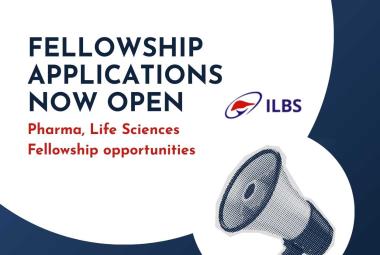EMA has recommended granting a conditional marketing authorisation in the European Union for the gene therapy Zolgensma (onasemnogene abeparvovec) to treat babies and young children with spinal muscular atrophy (SMA), a rare and often fatal genetic disease that causes muscle weakness and progressive loss of movement.
There are currently limited treatment options for children with SMA in the EU. Patients also receive physical aids to support muscular functions and help them and their families cope with the symptoms of the disease.
Spinal muscular atrophy is usually diagnosed in the first year of life. Most patients with severe SMA do not survive early childhood. Patients with the disease cannot produce sufficient amounts of a protein called 'survival motor neuron' (SMN), which is essential for the normal functioning and survival of motor neurons (nerves from the brain and spinal cord that control muscle movements). Without this protein, the motor neurons deteriorate and eventually die. This causes the muscles to fall into disuse, leading to muscle wasting (atrophy) and weakness.
The SMN protein is made by two genes, the SMN1 and SMN2 genes. Patients with spinal muscular atrophy lack the SMN1 gene but have the SMN2 gene, which mostly produces a 'short' SMN protein that cannot work properly on its own. A one-time intravenous administration of Zolgensma supplies a fully functioning copy of the human SMN1 gene enabling the body to produce enough SMN protein. This is expected to improve their muscle function, movement and survival of children with the disease.
Treatment with Zolgensma should only be administered once in suitable clinical centres under the supervision of a physician experienced in the management of patients with SMA.
The opinion adopted by the CHMP is an intermediary step on Zolgensma’s path to patient access. The opinion will now be sent to the European Commission for the adoption of a decision on an EU-wide marketing authorisation. Once a marketing authorisation has been granted, decisions about price and reimbursement will take place at the level of each Member State, taking into account the potential role/use of this medicine in the context of the national health system of that country.







